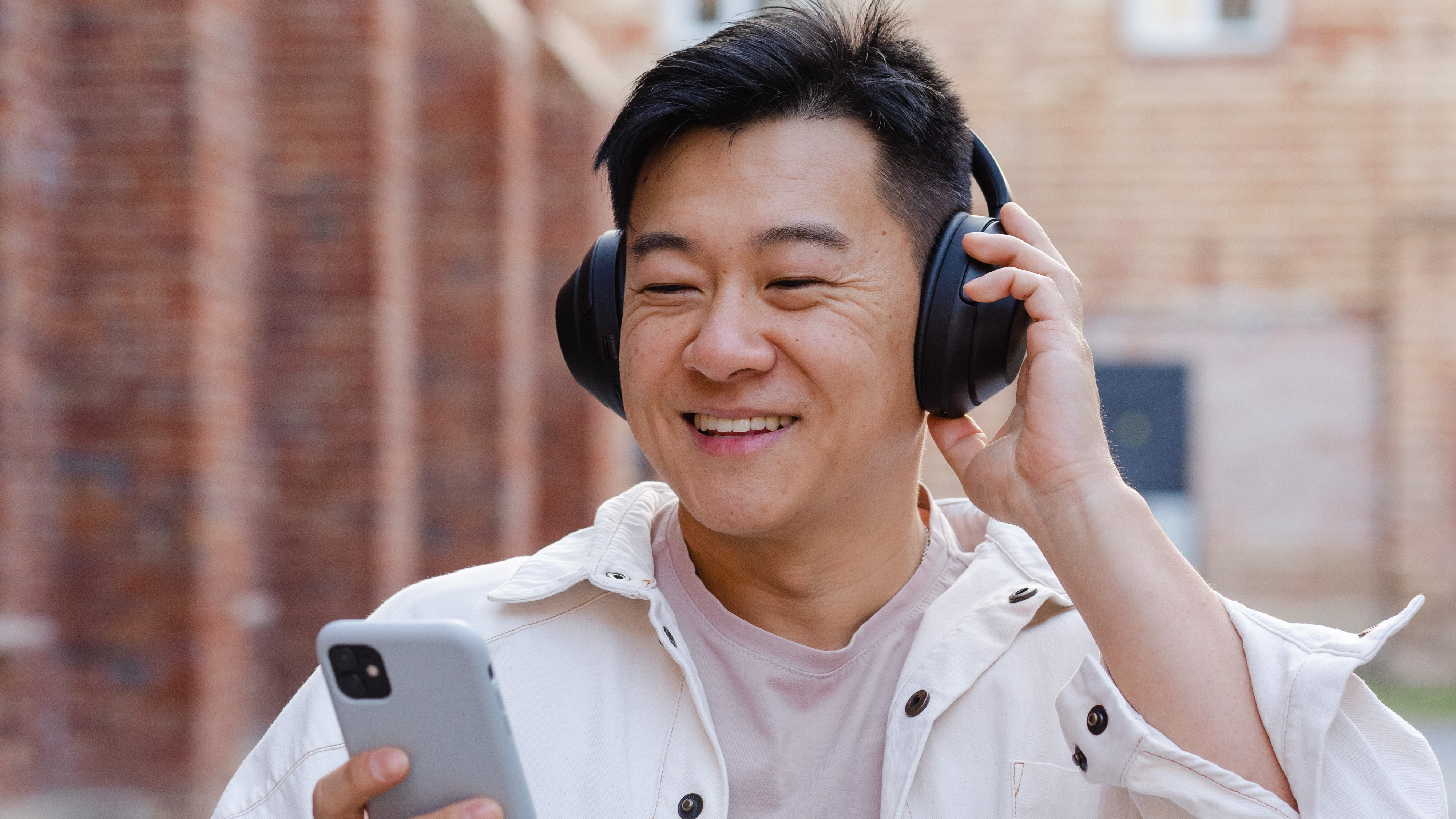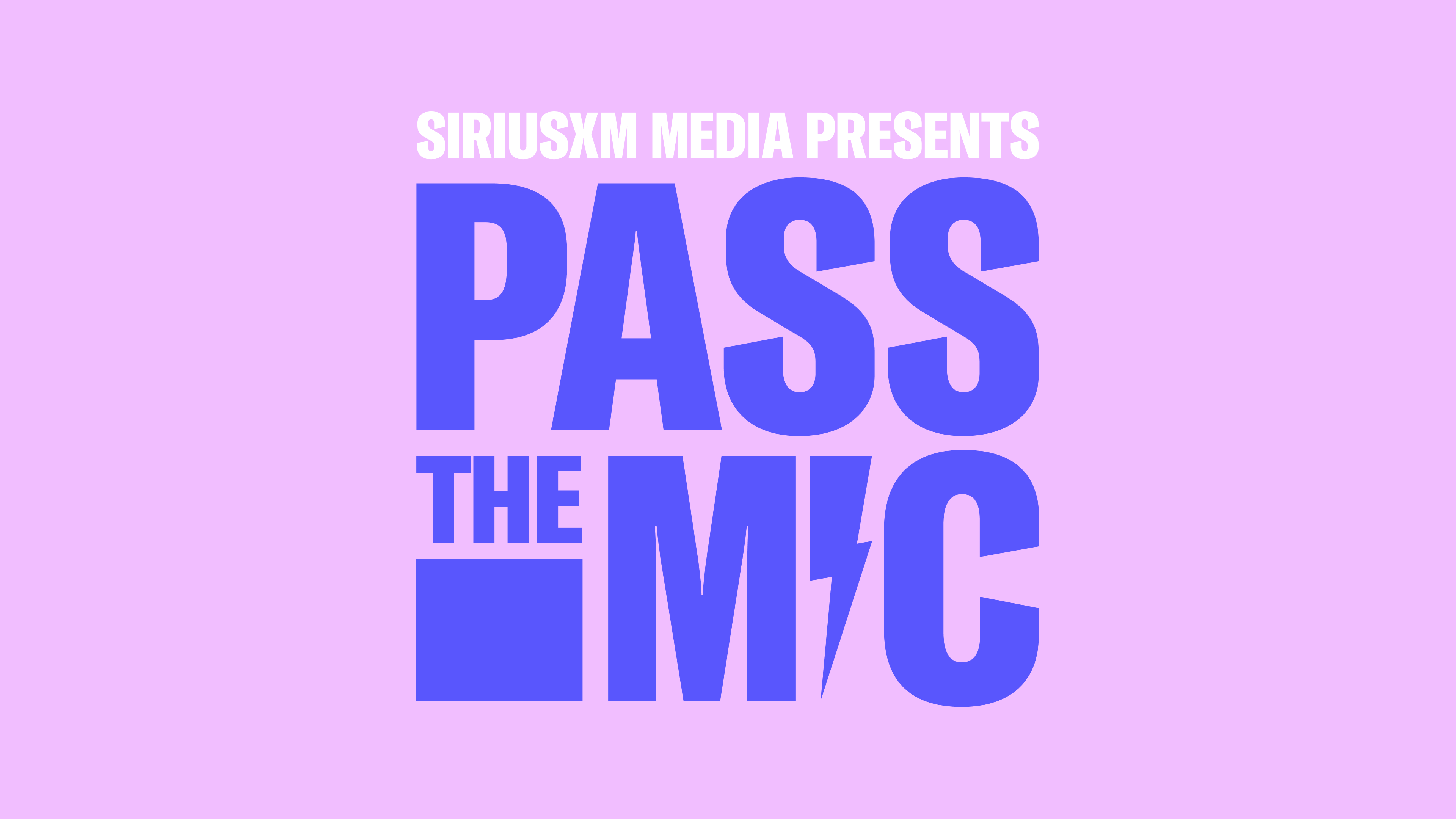Audio advertising insights
Featured
All insights
All About Audio
 Digital Audio
Digital AudioThe Digital Audio Download: Your Share of Ear Readout
Apr 18, 2024 Digital Audio
Digital AudioPreview: The Sports Audio Report from SiriusXM Media, GroupM, and Edison Research
Apr 16, 2024 Digital Audio
Digital AudioStreaming Audio Ads Are Better for Pharma Brands—Here's Why
Apr 4, 2024 Digital Audio
Digital AudioSpot The Difference: Total Audience vs Addressable Audience
Mar 19, 2024
Audience Insights
 Audience
AudienceHow to Leverage Diverse Voices for Your Next Podcast Campaign
Mar 12, 2024 Audience
AudienceCelebrating Diversity & Opportunities in Black Music
Feb 27, 2024 Audience
AudienceBlack Pride: How to Reach and Resonate with Black Audiences
Feb 26, 2024 Audience
Audience59% of US Teens Are on Our Platforms—Here's How to Connect
Feb 22, 2024
Pass the Mic
 DE&I
DE&I"All of your roles are equally important," Linda Bethea from Danone
Apr 16, 2024 DE&I
DE&I“If you believe in yourself, it's contagious,” Jennifer Murillo from Discover
Feb 28, 2024 DE&I
DE&I“Find your allies,” Randi Stipes from The Weather Company
Feb 27, 2024 DE&I
DE&I“Set boundaries,” Kathy Kline from Mindshare
Feb 26, 2024
Studio Resonate Showcase
 Ad Creative
Ad CreativeWhat We Learned from Top (and Lower) Performing Audio Ads
Mar 28, 2024 Digital Audio
Digital AudioStudio Resonate Unveils the Magic Behind the Power of Audio
Feb 28, 2024 Ad Creative
Ad CreativeProven Creative Tips for Announcer Reads in 2024 and Beyond
Dec 19, 2023 Tips & Tricks
Tips & TricksAudio Advertising Insights: The Gift that Keeps on Giving
Nov 30, 2023






















